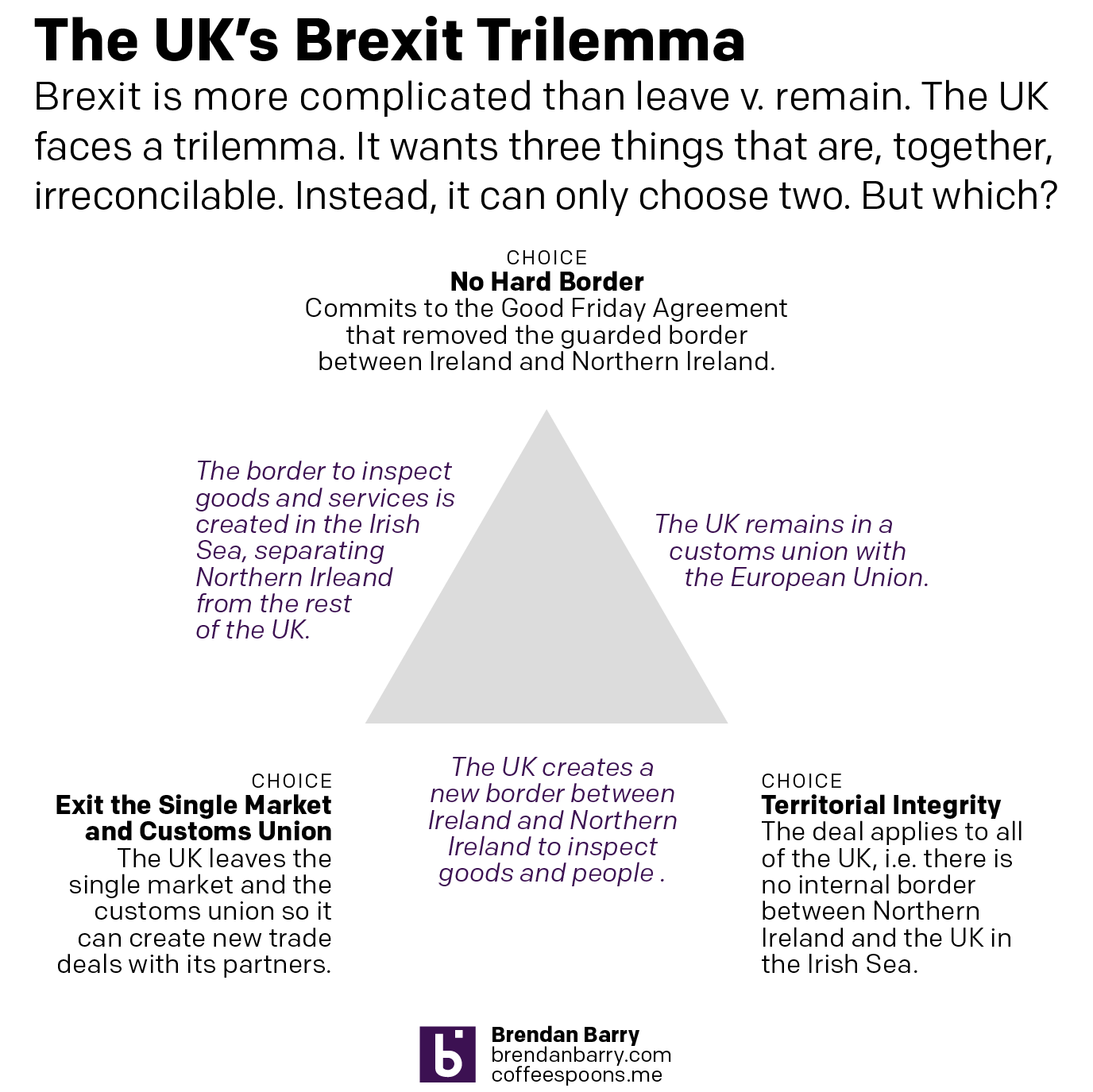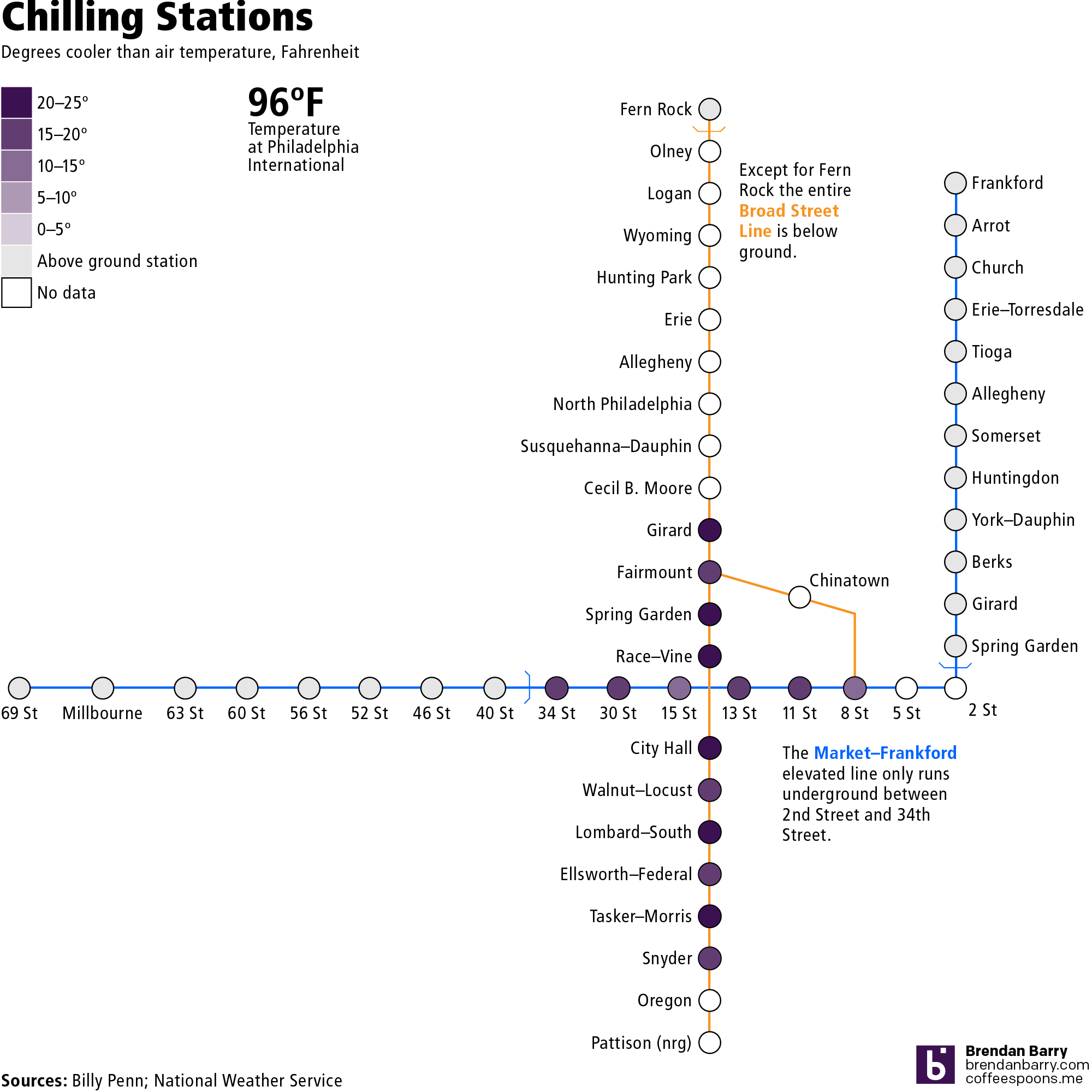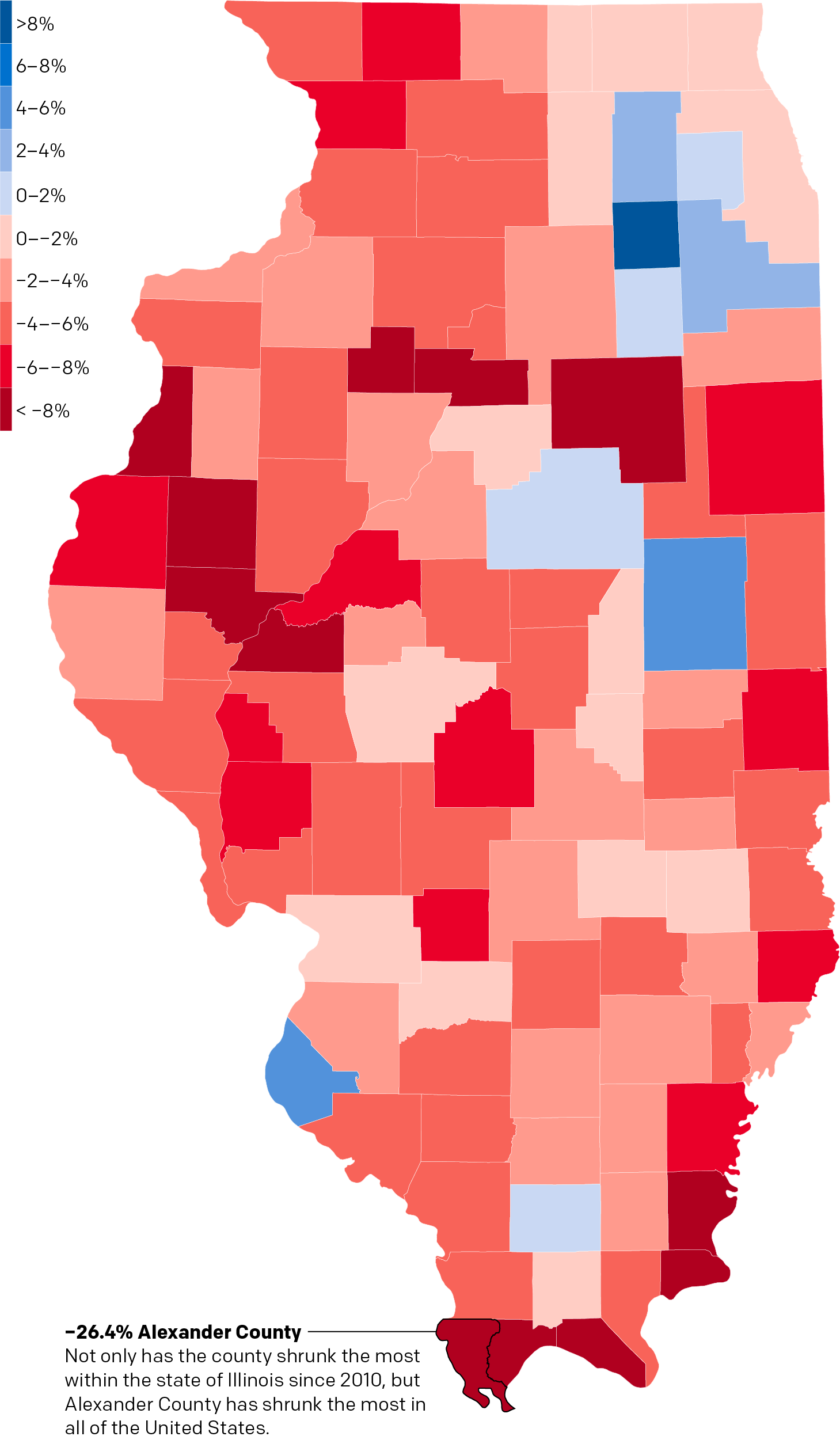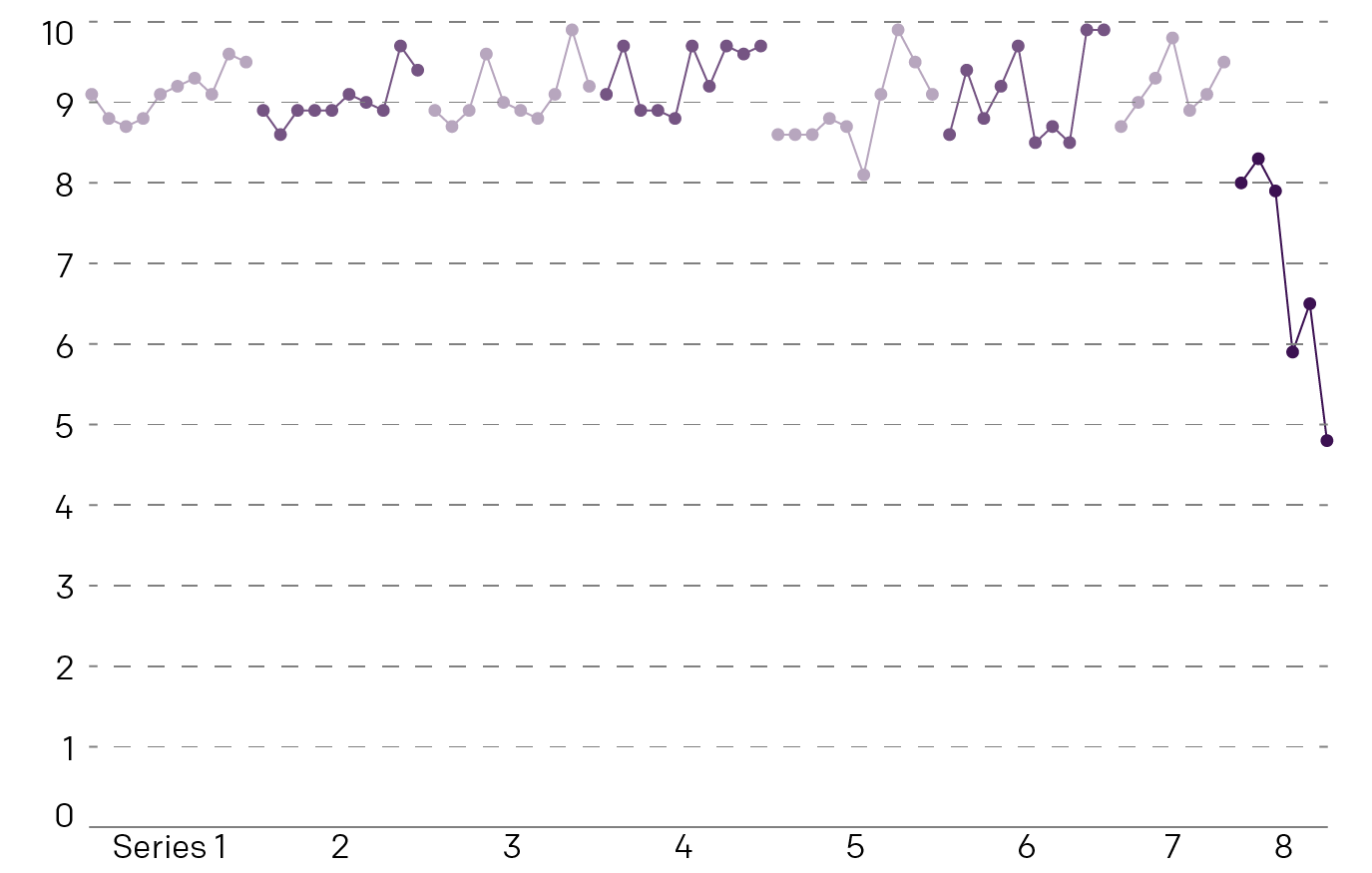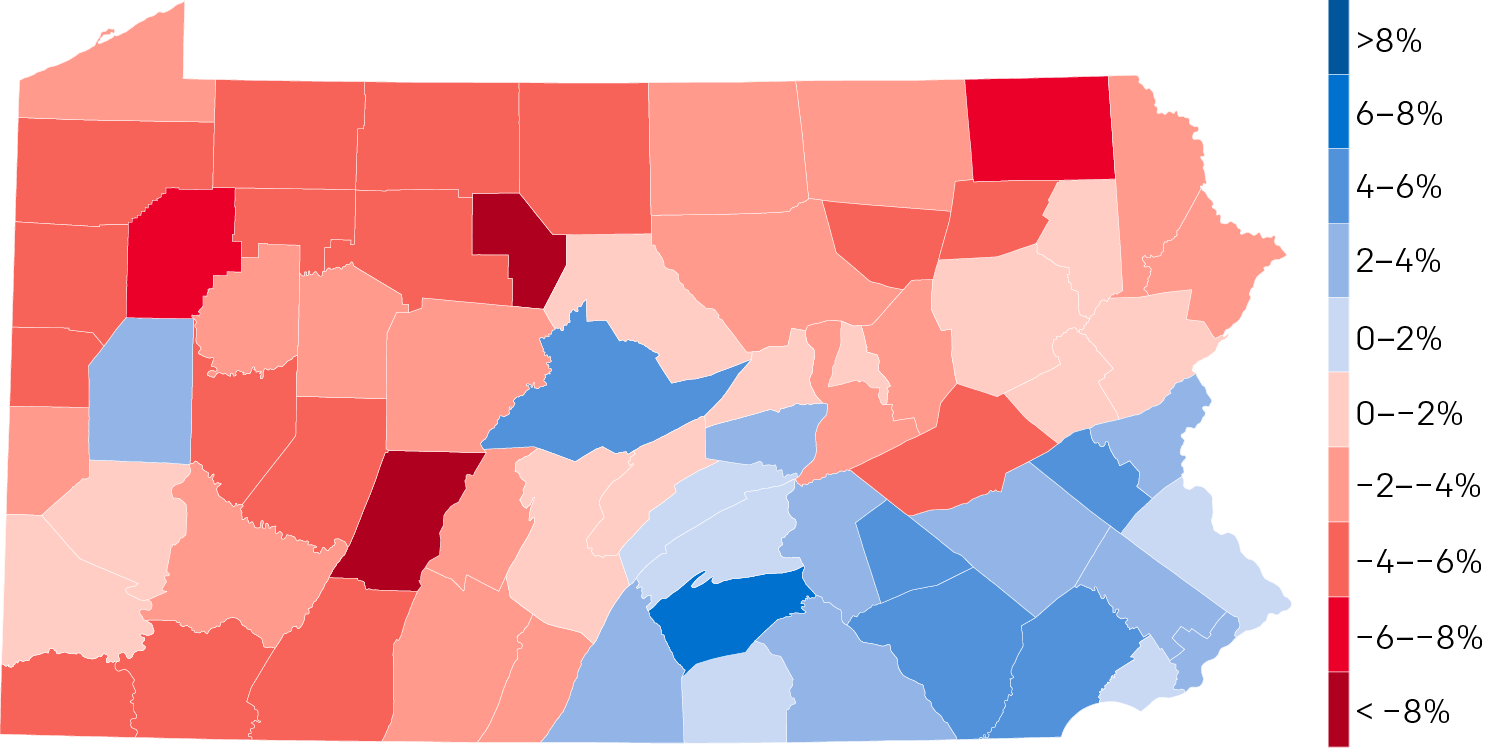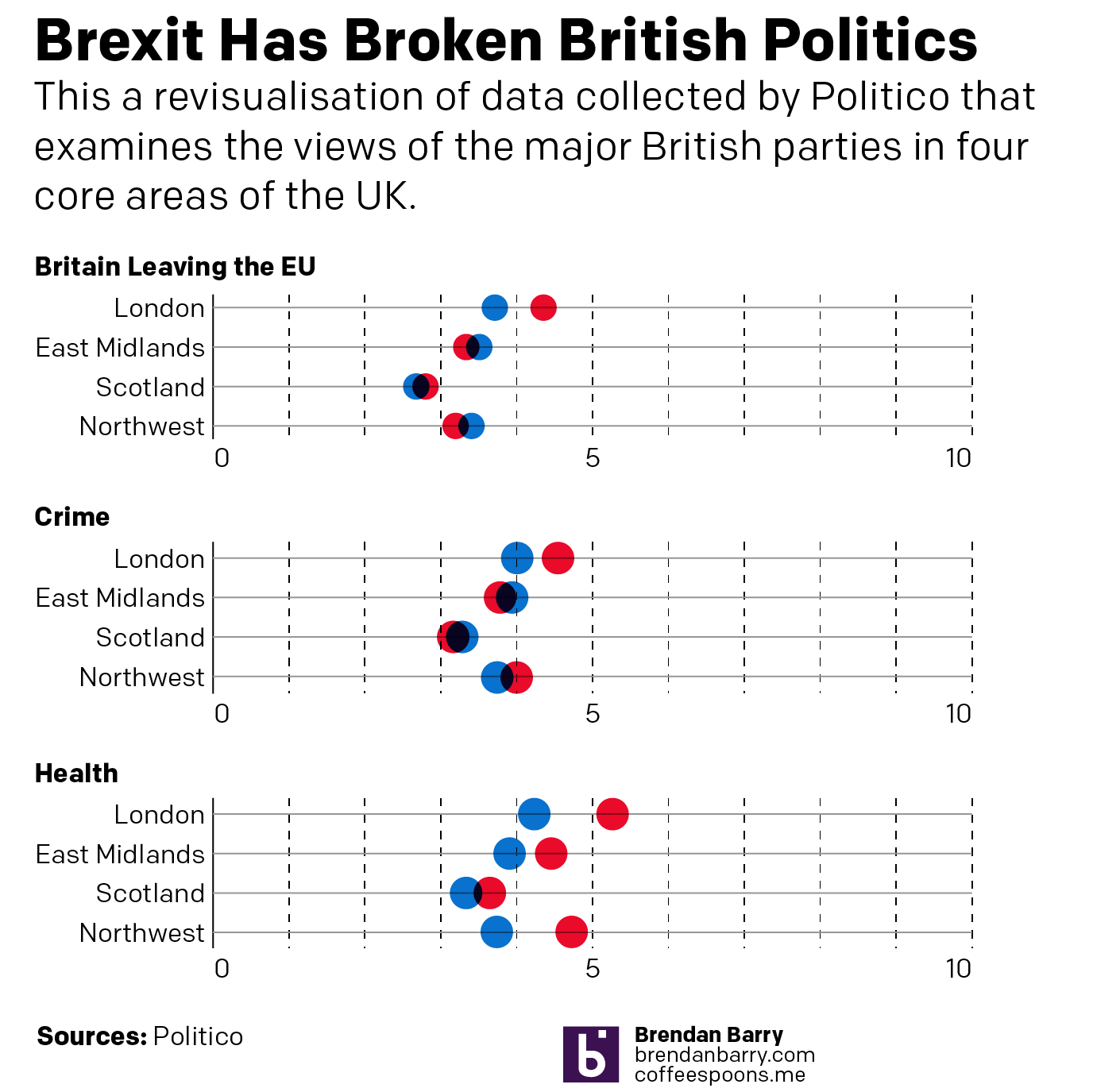If you’re among my British/European audience, you are probably well aware Boris Johnson has prorogued, or suspended, Parliament. He and cabinet ministers stated it was a normal, average-length prorogation to prepare for a Queen’s Speech. (The Queen’s Speech is the formal opening of a new session of Parliament that sets out a new legislative agenda and formally closes/kills any unpassed legislation from the old session.) Except that in documents revealed in a Scottish court case, we now know that the real reason was to shut down Parliament to prevent it from interfering in Boris’ plans for a No Deal Brexit. And just this morning the Scottish High Court did indeed rule that the prorogation is illegal. The case now moves to the UK Supreme Court.
But I want to focus on the other claim, that this is a prorogation of average length. Thankfully instead of having to do a week’s hard slog of data, the House of Lords Library posted the data for me. At least since 1900, and that works well enough for me. And so here we go.

So yeah, this is not an average prorogument. If you look at only proroguments that do not precede a general election—you need time for the campaigning and then hosting the actual election in those cases—this is the longest prorogument since 1930. (Also, a Parliament does not necessarily need to be prorogued before it is dissolved before an election. And that happened quite often in the 1960s, 70s, and 80s.)
And as I point out in the graphic, Parliament was prorogued during the depths of World War II to start new legislative sessions. But in those cases, Parliament opened the very next day, during a time of national crisis. One could certainly make the argument that Brexit is a national crisis. So wherefore the extraordinarily long prorogument? Well, quite simply, Brexit.
Credit for the piece goes to me.

